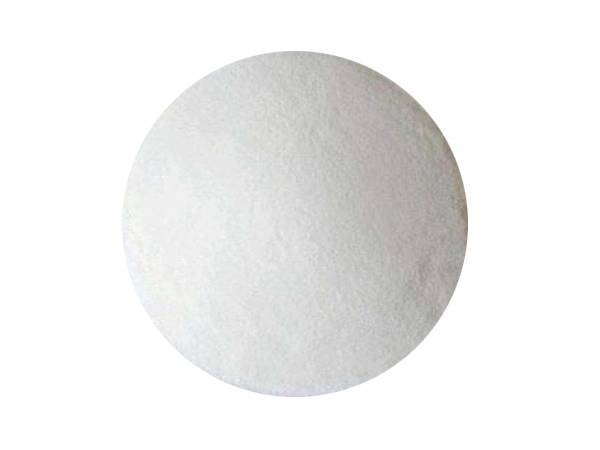



caustic soda flakes production process
The Production Process of Caustic Soda Flakes
Caustic soda, also known as sodium hydroxide (NaOH), is a highly versatile and essential chemical in various industries, including manufacturing, pulp and paper, textiles, and petrochemicals. One of the common forms of caustic soda is flakes, widely used because of their ease of handling and application. The production of caustic soda flakes involves several meticulously controlled processes to ensure high quality and efficiency.
The primary method for producing caustic soda is through the chloralkali process. This process typically begins with the electrolysis of brine, which is a concentrated solution of sodium chloride (NaCl). The brine is first prepared by dissolving rock salt in water to create the desired concentration. Impurities in the brine, such as calcium and magnesium compounds, are removed through a pre-treatment process to prevent any interference in the electrolysis.
The Production Process of Caustic Soda Flakes
Anode 2Cl⁻ → Cl₂ + 2e⁻ Cathode 2H₂O + 2e⁻ → H₂ + 2OH⁻ Overall 2NaCl + 2H₂O → Cl₂ + H₂ + 2NaOH
caustic soda flakes production process

The sodium hydroxide solution, generated during electrolysis, is then concentrated through evaporation. This is typically done in evaporators or vacuum crystallizers that heat the solution, allowing for the removal of excess water. As the water evaporates, the concentration of sodium hydroxide increases, leading to the formation of concentrated caustic soda solution.
The subsequent step involves cooling and crystallizing the concentrated sodium hydroxide solution. During this phase, the cooled solution is allowed to form solid caustic soda flakes. These flakes are composed of approximately 99% NaOH and minimal impurities, making them suitable for various applications.
Once the crystallization is complete, the resulting caustic soda flakes are filtered to remove any residual moisture and impurities. The filtration process ensures that the product achieves the desired purity level. After filtration, the flakes are typically dried further to reduce moisture content and then packaged for distribution. Packaging is typically done in moisture-resistant bags or containers to ensure the flakes remain dry during storage and transportation.
The entire production process requires stringent control over temperature, pressure, and chemical concentrations. Any slight variation can significantly affect the quality of the final product. Thus, manufacturers often implement advanced monitoring and control systems to maintain optimal conditions throughout the production cycle.
In conclusion, the production of caustic soda flakes involves a series of well-established processes, primarily centered around the chloralkali method. From the preparation of brine and electrolysis to crystallization and packaging, each step is critical in ensuring the efficiency and quality of the final product. The versatility and utility of caustic soda flakes in various industries underscore the importance of this chemical in modern manufacturing and everyday applications.
-
Why Sodium Persulfate Is Everywhere NowNewsJul.07,2025
-
Why Polyacrylamide Is in High DemandNewsJul.07,2025
-
Understanding Paint Chemicals and Their ApplicationsNewsJul.07,2025
-
Smart Use Of Mining ChemicalsNewsJul.07,2025
-
Practical Uses of Potassium MonopersulfateNewsJul.07,2025
-
Agrochemicals In Real FarmingNewsJul.07,2025
-
Sodium Chlorite Hot UsesNewsJul.01,2025










